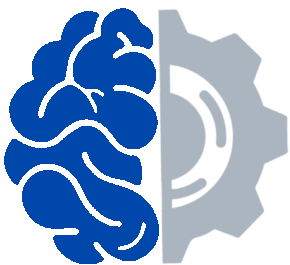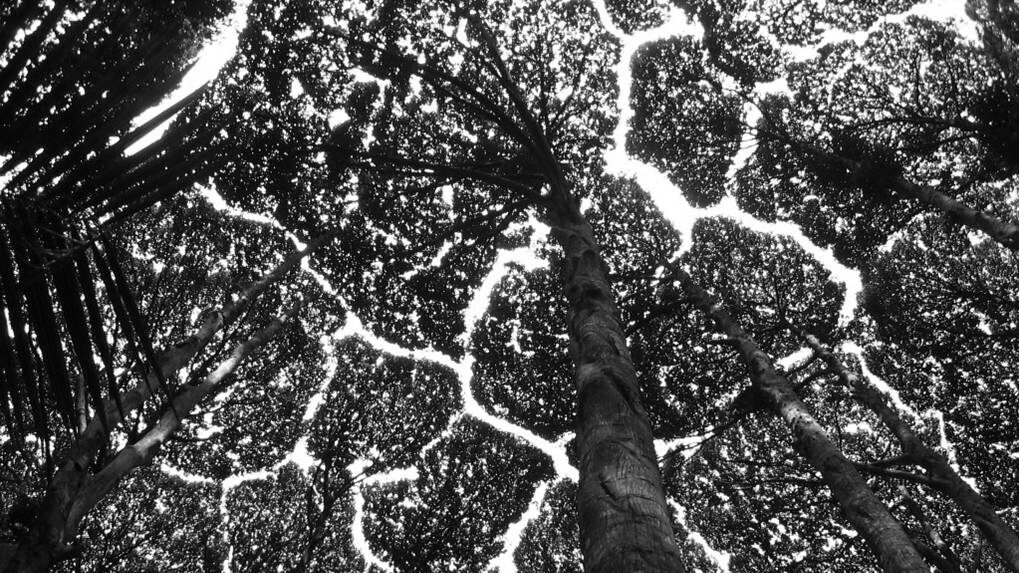Empathy
In a recent piece of news, a dolphin distressed by a fish-hook sought out human divers to provide assistance. This, while heartwarming, has several distinct levels of astounding attached to it:
How did the dolphin know to ask people for help? This dolphin likely has very little personal history in receiving help from humans, and while we’re entirely capable of giving aid, how can it know that? This goes way beyond conditioning into actual intelligent action. The dolphin was able to actively request help from strangers.
How did the dolphin predict that they would even consider to help? The dolphin, somehow knowing that humans might be able to help it, had to have some sense of whether or not they would. This suggests, in my understanding, that the dolphin had a sense of not only its own pain, but the potential empathy that the divers might have towards it.
In short, what is remarkable about this case is that we have a reasonable example of a dolphin showing enough empathic recognition to identify the divers as significantly similar to itself, but how could it possibly do that?


